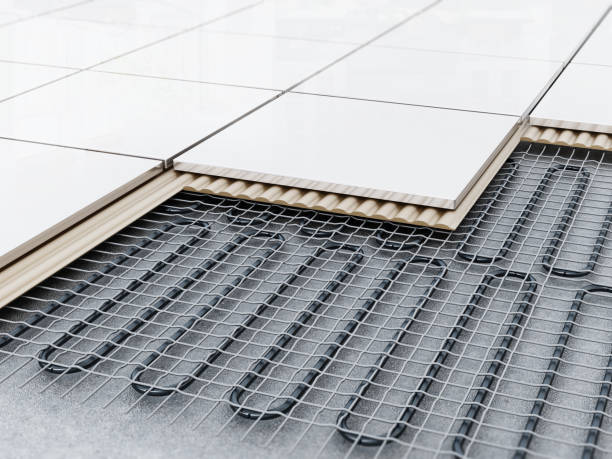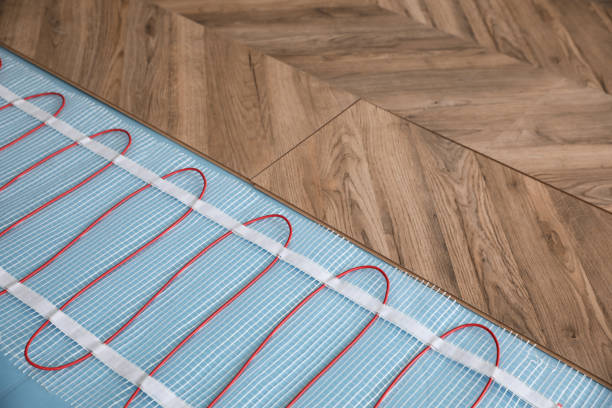With winter fast approaching, you surely will need any form of warmth. Invest in heated floors to experience warmth all around. But before you embark on this type of installation, there are basics you may want to get acquainted with.
What are heated floors?
Many people enjoy the comfort and convenience of heated floors, but not everyone fully understands how they work. There are two types of radiant flooring systems: electric wires and hot water pipes installed underneath the floors to provide warmth.
Homeowners often choose to install heated floors in bedrooms, living rooms, and kitchens – areas where they spend a lot of time. Since underfloor heating works from the ground up, it ensures more even heat distribution in the room.
Heated floors are considered a luxurious and comfortable addition to any home, providing warmth underfoot during cold winter nights and mornings. However, like any investment, weighing the pros and cons is important.

Image Credit: Unsplash
Pros of heated floors
Easy to install
Electric floor-heating systems are so easy to install that with the right tools and experience you can DIY it, but to be on the safer side, it is recommended you get a professional.
You can install them as part of your home renovation, making them an excellent choice when renovating large spaces. You can either use a smart thermostat to control the heat distribution throughout your home. They can be installed under almost any flooring type.
Require no maintenance
Floor heating systems do not require any major maintenance. Most when installed, will last for 20+ years without any issues. In case of any damage, the thermal imaging cameras can be used to easily and quickly find the problem. Overall if the heating floors are installed by a professional you have zero chance of cable issues.
They can be energy-efficient
Floor heating is one of the most energy-efficient ways to heat your home. This is because the heat is evenly distributed throughout the room, so there is no need to overheat the room to compensate for cold spots.
You can lower the temperature when you are not using the room and this low temperature causes a lesser energy consumption.

Image Credit: Unsplash
Cons of heated floors
High cost
Even though the heating system is not expensive, the installation cost might be a bit pricier. The installation price can depend on the system you choose, room size, and the installer’s fee.
So for the best results, the cost can be higher. Electric heating can be higher than other types of heating systems. They can also cost you electricity as your electric bill might surge. When deciding to get electric heated floors be aware of the price tag.
The flooring must be replaced
If you want to install heated floors in your home, you will need to replace your existing flooring. This is done because heated floors need to be installed under the new flooring. Tiles are a popular choice because they conduct heat distribution very well.
Heated floors are an investment. They might be costly but are worth it. The comfort of stepping out of bed and stepping on warm floors is the cherry on top.
ALSO SEE:
Feature Image: Unsplash


